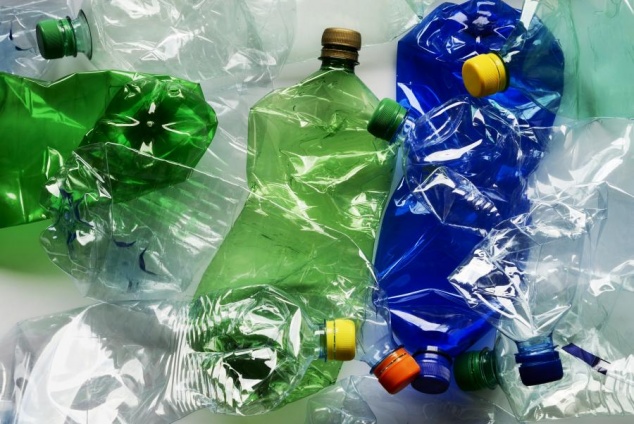A sleeve label is a great way to make your product more visible. A sleeve allows you to create an original design on a bottle that can be accompanied by a non-traditional form.
A sleeve covers a container at 360 degrees, thus forming a thickness of plastic around a bottle, for example. In some cases, a plastic bottle is PETE (polyethylene terephthalate).
PET-G and PVC sleeves are not recyclable, whether they are printed or not. PETE bottles, on which the PET-G sleeves often find themselves on, are recyclable, provided that the sleeve is removed in order not to contaminate the resin from PETE bottles. The PVC and PET-G on shrink sleeve labels are still very rarely recycled.
As a result, it is necessary that the sleeve label covering the bottle for recycling is:
- Either totally recyclable, which is not yet the case
- Easy to detach from the bottle to facilitate its recycling
- Easy to distinguish from products with sleeves and products without sleeves for the process of sorting recyclables
Heat-shrinkable labels are either PVC, PET – G, OPS or PLA (as I had explained in my article last March), which makes it necessary to detach them before recycling a PET bottle.
As such, it is important to think of sleeve labels that are easy to separate from their bottles. Doing it manually is a waste of time and money, therefore it is then necessary to ease the bottles label removal.
As label removal is a complex solution, it is also necessary in order to simplify sorting between bottles with sleeves and bottles without sleeves, so as to recycle what is recyclable.
Here are a few guidelines given by APR (Association of Postconsumer Plastic Recyclers) to facilitate the recycling process of bottles with sleeve labels.
- The first idea aims to develop floating sleeves with a density of less than 1. This way, when the separation process occurs for recycling in the water tanks, the labels will remain afloat and the bottles will sink to the bottom of the tank.
- Similarly, a label with an adhesive that dissolves in water would improve its removal. Labels could also be covered by a “foaming agent” that would float forgotten pieces upwards in the water tray.
- Sleeves with an optimized removal system are also to be considered. Single or double perforation on the label would facilitate the separation at the sorting centre but also, it would allow the consumer to easily remove the sleeve from the container.
Indeed, another effective solution would be to educate consumers and encourage them to remove the sleeves on the bottles before putting them in recycling bins.
Sleeve labels fit the needs of recycling and ingenious solutions are developing so that not only are the sleeve labels aesthetic, but they are also green.







